Citizen Sleeper 2: Starward Vector is a cozy game, but it isn’t a ‘cozy game’. Each time I load it up, I find the aesthetics, the UI, the audio, and the writing lulling me into a false sense of security. It starts the moment you reach the title screen, as the game’s low-key ambient music kicks in over a peaceful shot of your ship, The Rig, suspended in the starry night sky, and this removed perspective carries on through to the game. Citizen Sleeper 2 might be set in a far future even more hellaciously capitalistic than our own, but developer Jump Over the Age has found a way to make that comforting.
Then The Torture Started
The funny thing is that once you start playing it, Citizen Sleeper 2 immediately gets stressful. The game keeps you out of the deep end for a while, to be fair. At first, your dice work, you have enough money to buy supplies and fuel, and things are generally going well for your Sleeper and their good pal, Serafin. But once you make it out of the first area, your character suffers a setback, and stops operating at their full capacity. Your dice start to break and glitch, which radically lowers your capacity to make it through new situations unscathed.
With all that going on, it’s surprising the game feels cozy at all. It’s a matter of perspective, though. The space stations you visit are, narratively, stressful places to live,. They’re filled shoulder-to-shoulder with strangers, many of whom don’t have your best interests at heart. But the game’s camera is always positioned far out in space, looking at the exterior of the space station. So, you perspective is so far removed that the game’s world seems calm, as if you’re looking at Earth from the moon. You can’t see the hustle and bustle you would experience on the ground, just lights and the peaceful expanse of space all around it. You know you should be stressed, but the game’s perspective keeps reminding you of how insignificant your problems are in the big picture.
Take The Good With The Bad
That’s the balance that makes the Citizen Sleeper games work. These stories have set-ups that could really get your palms sweating. In both games, you are an android on the run with a limited amount of time before your pursuer hunts you down, and you really don’t want that to happen.
Well, a Sleeper isn’t exactly an android, it’s a robot imbued with a previously living human’s consciousness, but that takes a lot more words to write than ’android’.
There’s little quite as unnerving as an unstoppable foe on your tail — it’s what made Resident Evil 2‘s indefatigable Mr. X a damn good villain — and Citizen Sleeper 2 complicates that already nerve-jangling set-up with dice that can break (rendering them unusable until they’re repaired) or glitch, so that you only have one-in-five odds each time you use them. Every time you botch a roll, you’re adding stress to a blood-red meter at the top of the screen, making it more likely that your dice will break on future rolls. Though you sometimes get a nice payout for a job, that pursuer is still after you, so you need to spend much of it on fuel so you can stay one step ahead, food so you can keep your energy up, and scrap so you can repair your dice.
This all sounds extremely stressful, and it kinda is. But the atmosphere is so pleasant that you don’t get bogged down in anxiety. I’ve never loved games that market themselves as low-key, because to get invested, I need something that’s going to grab me, whether that’s the mechanics, the story, the characters, or all three. Citizen Sleeper 2 is painful at times, but that’s the kind of coziness I need. The kind that makes you smile then kicks you in the teeth.
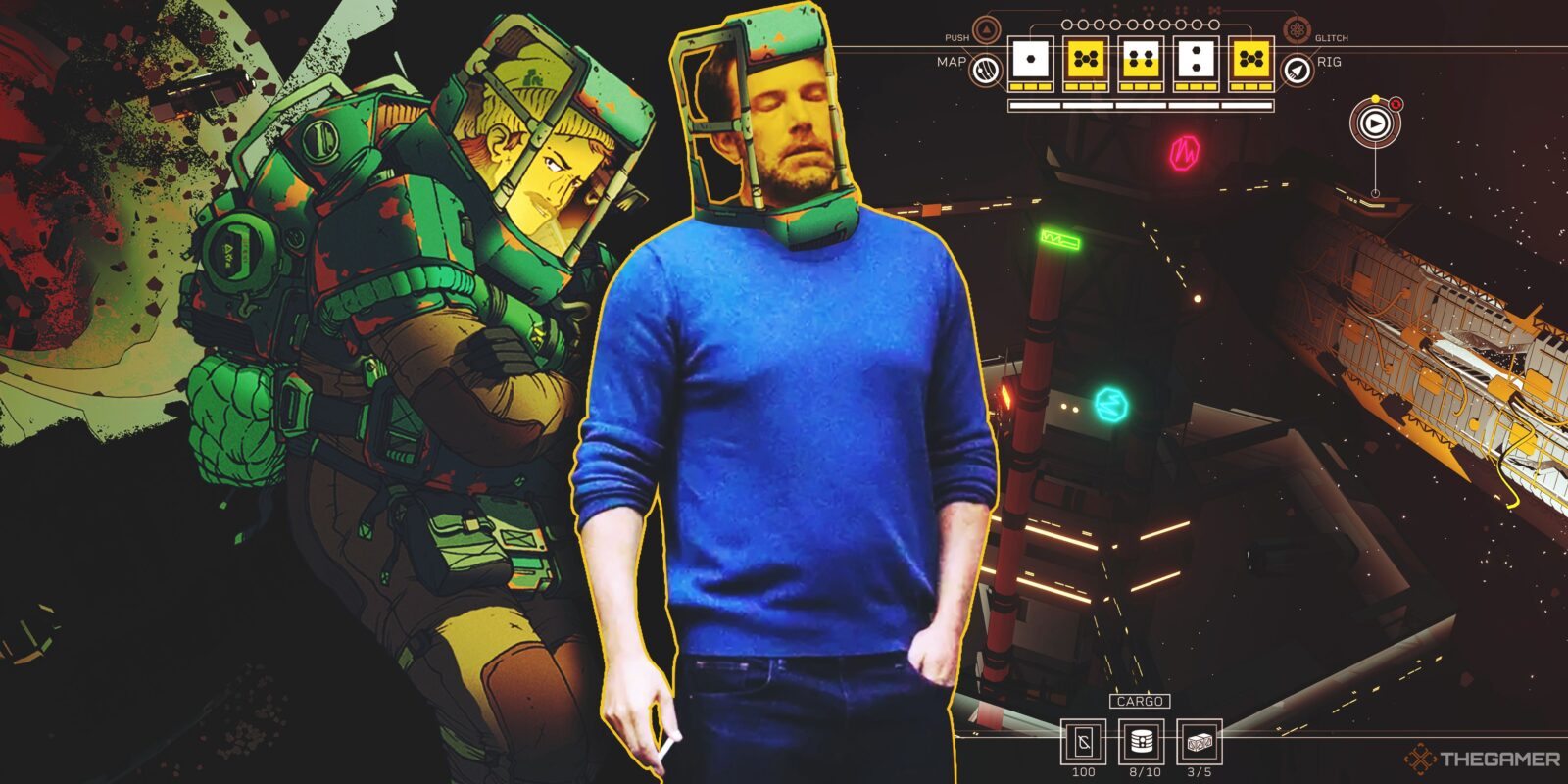
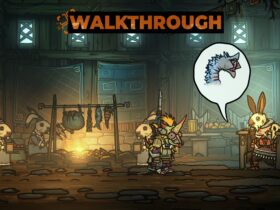
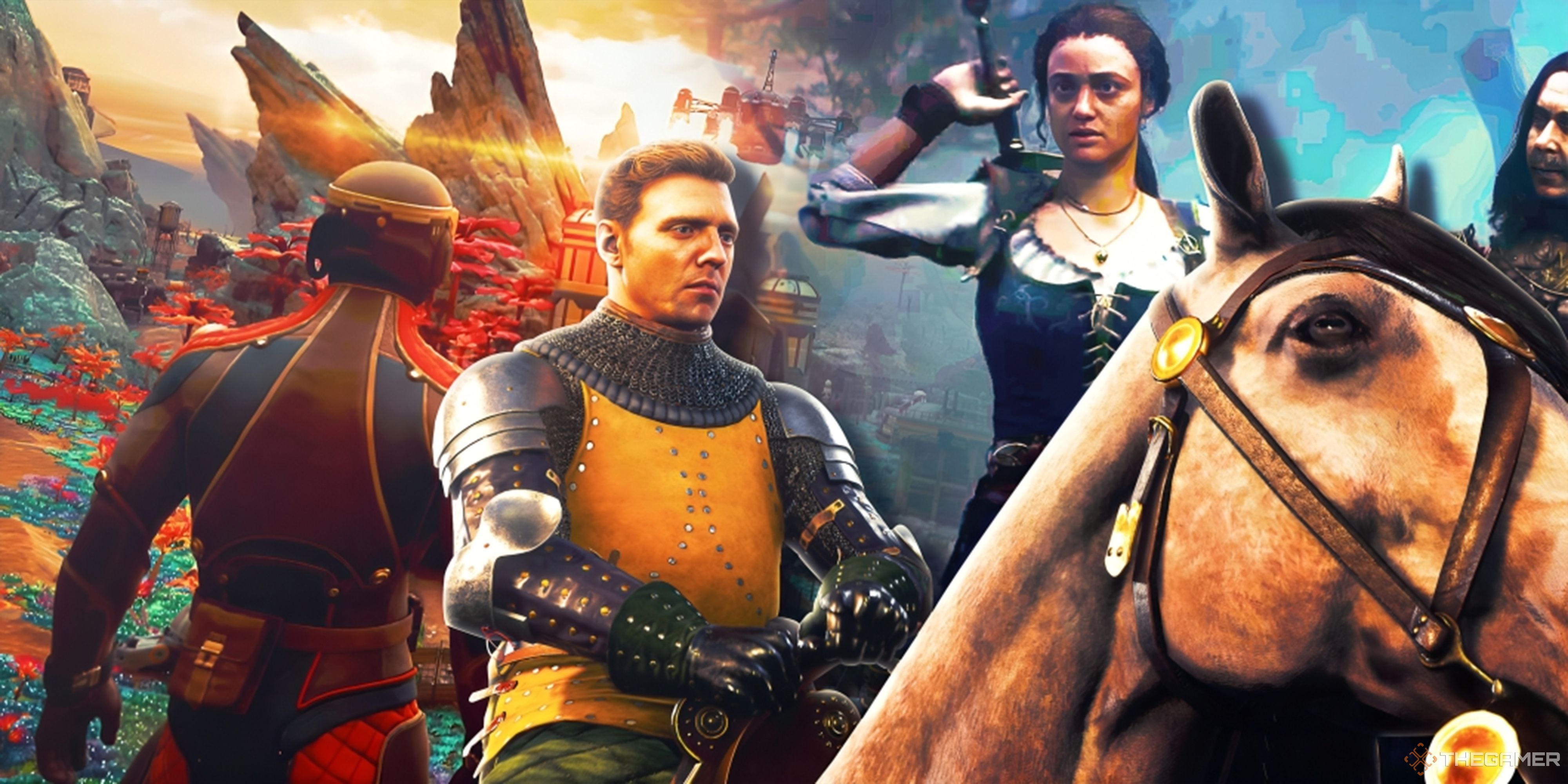




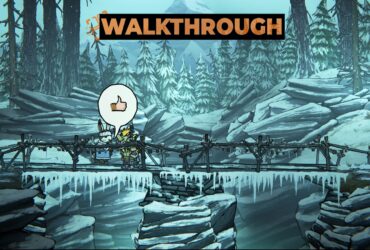
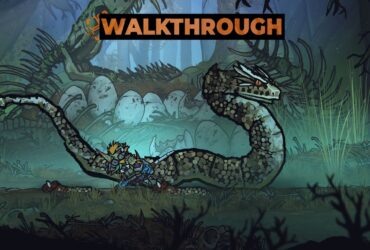


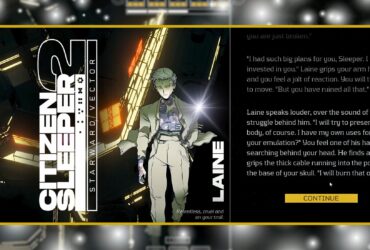
Leave a Reply